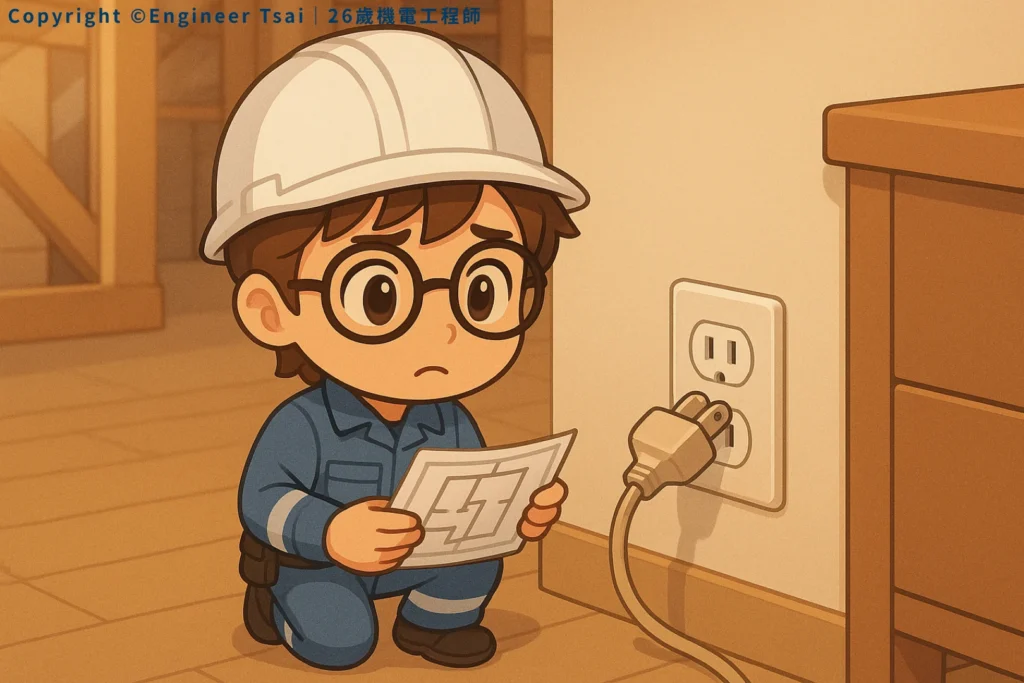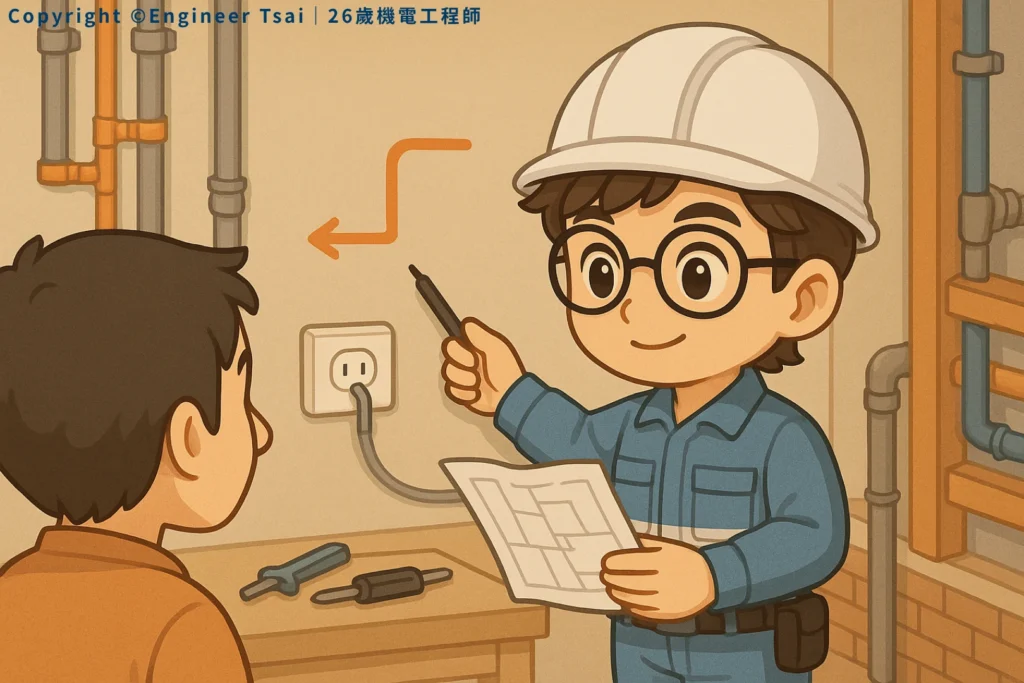Spend enough time in construction or engineering, and you’ll see it, knowing how to read a blueprint is important, but being able to solve problems on site?
Field Fixes is what makes a real pro.
When I first started out, I was all about “doing it by the book.” I’d clutch the plans, convinced that if I followed every line, nothing could go wrong.
But reality? Always a different story. Plans are tidy. Job sites are not.
Ever Been There? Where Blueprints and Reality Clash
- The blueprint says the outlet goes on the wall’s edge. Then furniture arrives—bam, half the outlet’s blocked. No way to plug anything in.
- Pipe layouts look perfect on paper… until you realize, onsite, the beams are bigger than drawn. Now the pipes don’t fit and you’re rerouting everything.
- Materials show up wrong or late. Doesn’t matter if the specs are crystal clear—if you don’t have the right stuff, you’re improvising.
- And those old-school foremen? Sometimes they barely glance at the plans, whip up a totally different method, and it actually works. Meanwhile, the rookies are left scratching their heads.
The truth? Blueprints are just a guide. The site itself is the real teacher of Field Fixes.

Three Things the Field Really Taught Me
1. Reading Plans Is Good—Talking on Site Is Better
Nobody walks onto a site knowing every detail. At first, I’d stare at the plans, afraid to ask questions in case someone thought I was clueless.
But every measurement, every weird corner, every last-minute change? I only figured them out by talking—over and over—with the crew.
“People who ask questions are always happier than people who just stare at the plans.”
2. Surprises Happen—Having a Backup Plan Is a Skill
If you panic the first time things go sideways, you’re not alone.
Veterans shrug and say, “What can’t we fix out here?”
After a while, you realize: Construction is about rolling with changes, not just following steps. Having a Plan B (or C) is survival.
“The only thing worse than a job site with surprises? A job site where nobody’s ready for them.”

3. Real Pros Explain Why, Not Just What
Clients or designers will ask, “Why are you doing it this way?”
If all you’ve got is, “That’s what the plan says,” you’re basically a robot.
But if you can say, “Here’s why this adjustment works better onsite—saves money, safer, faster,” that’s the difference between a worker and a professional.
“Knowing the ‘why’ and owning the site—that’s the real mark of an engineer.”
Copy This: Three Survival Tips for Newbies
- Carry the Plans, But Talk to People
Stuck? Write it down, then find the most experienced crew member and ask for the “real world” explanation. - Don’t Freak Out—Brainstorm Adjustments
Everyone hits roadblocks. Fixing them is a team sport. Talk it out—don’t just stress in silence. - Keep a Job Site Journal
Every time you hit a snag, jot down what happened and how you solved it. Those quick notes become gold later on.

What’s Your “Beyond the Blueprints” Moment?
Ever had a job where following the plans just blew up in your face?
Or did someone on the crew show you a trick that totally changed your approach?
Share your stories in the comments! Let’s help the next wave of rookies avoid those painful lessons.Field Fixes.
Like these kinds of hands-on stories and real fixes? Follow Engineer Tsai.
We’re all about growing together—turning blueprints into real-world know-how, one day at a time.
📌 Further Reading
🔹 Conductors and Insulators: Practical Guide to Electrical Safety
Get to know which materials make your work safer—and why picking the right ones matters.
🔹 Common Multimeter Mistakes and How to Avoid Them
Don’t just guess—learn the tools, read the numbers, and spot issues before they become headaches.
🔹 How to Take Job Site Notes That Actually Save Your Butt (Coming Soon)
Good notes aren’t just for memory—they help you level up faster and cover your bases when things get tricky.
The best lessons?
They’re never on the drawings.
Every surprise, every quick fix—that’s what makes you stronger.


